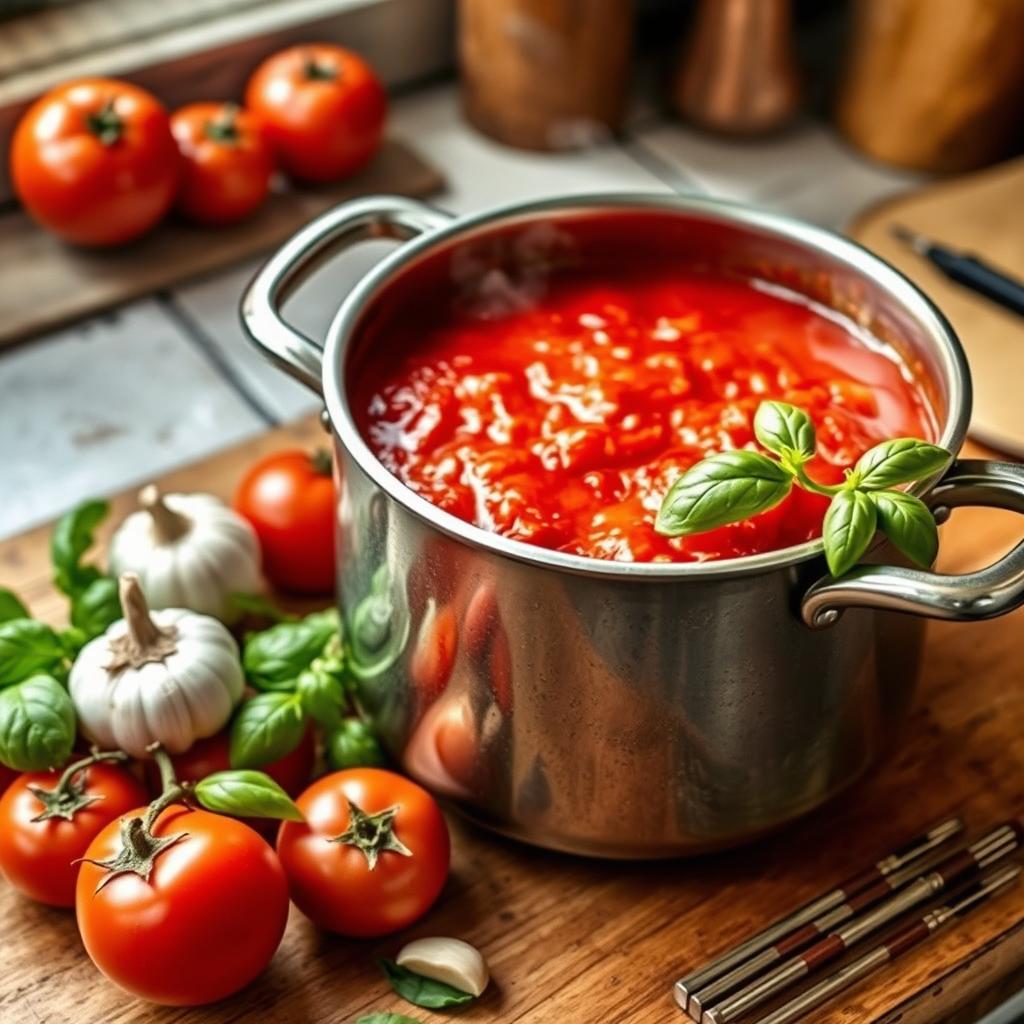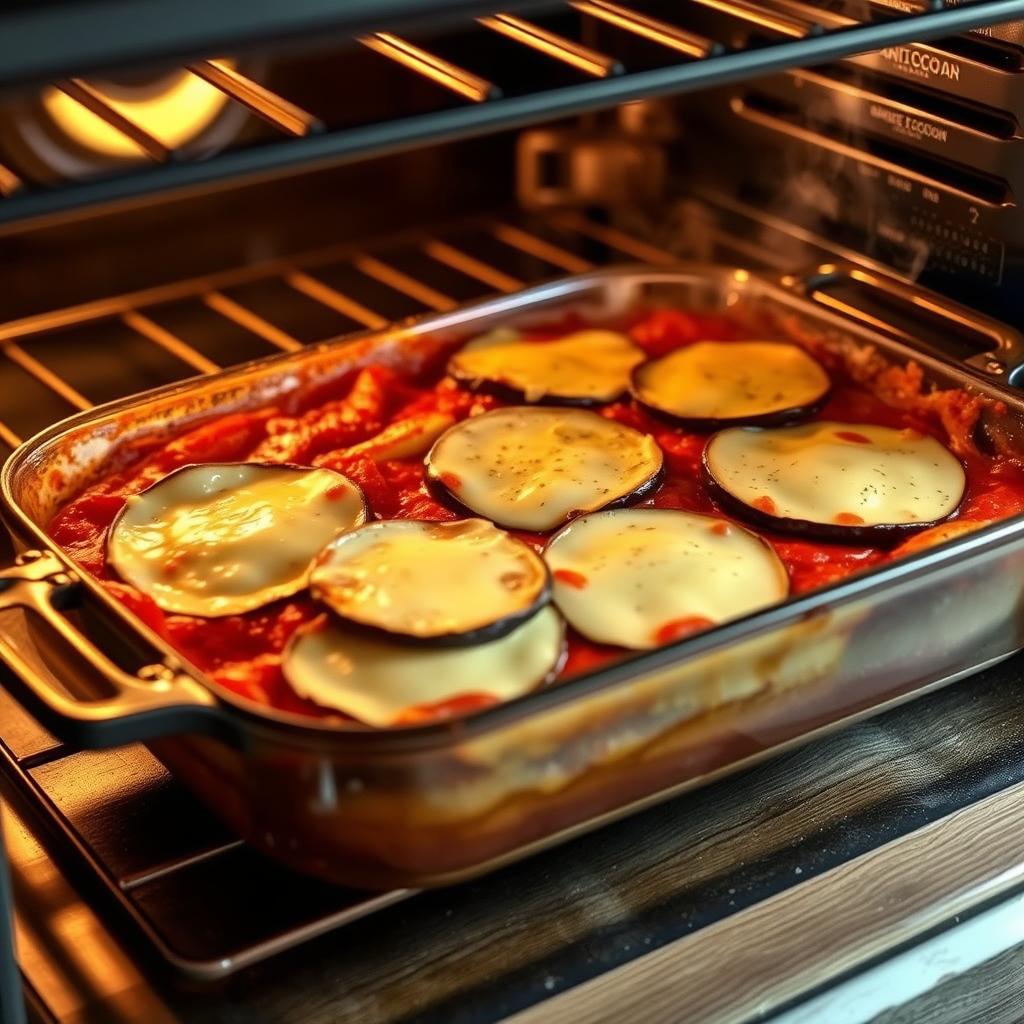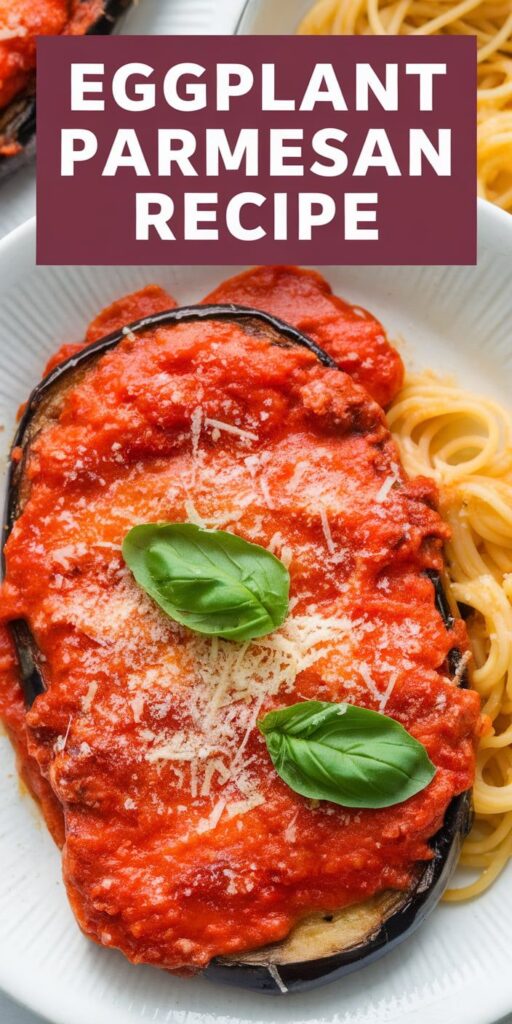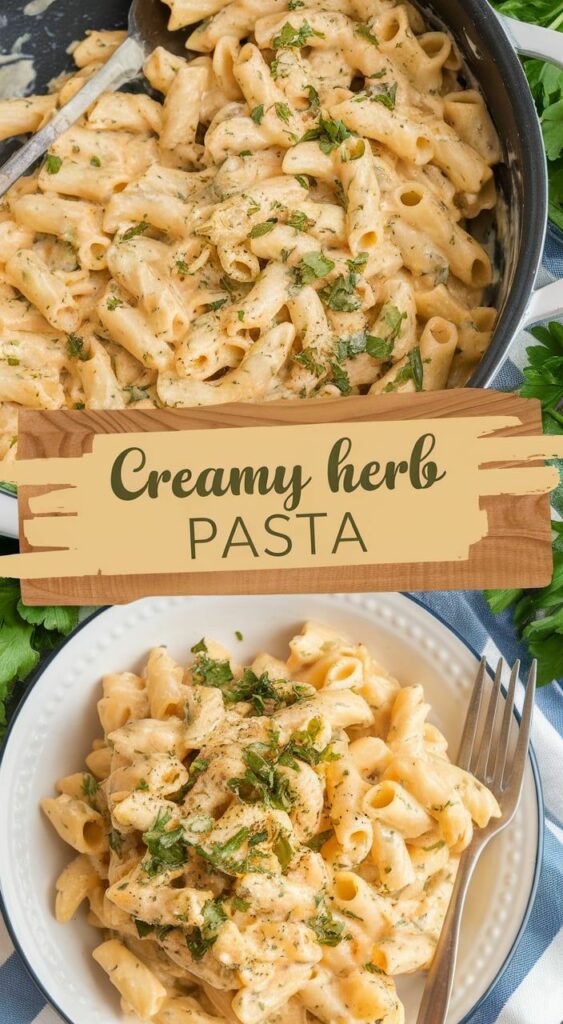Eggplant Parmesan, a beloved dish in the world of Italian cuisine, is a true comfort food classic. This traditional recipe combines the rich, savory flavors of breaded and fried eggplant slices, layered with a zesty marinara sauce and melted cheeses. Whether you’re craving a hearty family dinner or hosting a cozy gathering, this homemade Eggplant Parmesan is sure to delight your taste buds and warm your soul.
At the heart of this dish lies the eggplant, a versatile vegetable that takes center stage. The perfect Eggplant Parmesan recipe is a harmonious blend of textures and flavors, with each component playing a crucial role in creating a truly delicious dish. Join us as we explore the history, regional variations, and the essential steps to crafting the ultimate Eggplant Parmesan masterpiece.
What Makes the Perfect Eggplant Parmesan Recipe
The origins of eggplant parmigiana, a beloved Italian culinary icon, can be traced back to the rich tapestry of Italian culinary history. This classic dish has evolved over time, with regional regional Italian cuisine variations that showcase the diversity and creativity of Italian home cooks.
History of Eggplant Parmesan
Eggplant parmigiana has its roots in Southern Italy, where the abundance of eggplants and the influence of Sicilian and Neapolitan culinary traditions collided to create this beloved dish. The recipe is believed to have first emerged in the 18th century, with variations across different regions of Italy.
Regional Variations
- In Campania, eggplant parmigiana is often layered with fresh mozzarella and seasoned with fragrant basil.
- The Sicilian version may include pine nuts, raisins, or even a touch of cinnamon, adding a unique twist to the classic flavors.
- In Emilia-Romagna, the dish might be finished with a sprinkle of Parmigiano-Reggiano cheese for an extra burst of umami.
Key Components of Traditional Recipe
While the specific ingredients and preparation methods may vary across regions, the core components that define an authentic eggplant parmigiana remain consistent. These include tender, crispy-fried eggplant slices, a rich and flavorful tomato sauce, and a generous layering of melted cheese, often a combination of mozzarella and Parmesan.
Essential Ingredients for Your Dish
Crafting the perfect eggplant parmesan requires a meticulously curated selection of high-quality ingredients. From the star of the show – the fresh eggplants – to the rich and flavorful mozzarella cheese and Parmesan cheese, every component plays a vital role in achieving the ultimate taste and texture.
To start, you’ll need several medium-sized fresh eggplants, sliced into 1/4-inch thick rounds. For the breading, you’ll require a combination of breadcrumbs, all-purpose flour, and beaten eggs. The tantalizing marinara sauce is the foundation, so be sure to use a homemade or high-quality store-bought version.
As for the cheeses, opt for fresh mozzarella cheese, sliced or shredded, and freshly grated Parmesan cheese. These two dairy powerhouses will come together to create the perfect melty and creamy layers in your eggplant parmesan.
By selecting the freshest and most flavorful ingredients, you’ll ensure that your eggplant parmesan dish is a culinary masterpiece, bursting with rich, authentic flavors in every bite.
| Ingredient | Quantity | Notes |
|---|---|---|
| Fresh eggplants | 3-4 medium | Sliced into 1/4-inch thick rounds |
| Mozzarella cheese | 2 cups, shredded | High-quality, fresh mozzarella |
| Parmesan cheese | 1 cup, grated | Freshly grated Parmesan |
| Marinara sauce | 3 cups | Homemade or high-quality store-bought |
| Breadcrumbs | 1 cup | Panko or plain breadcrumbs |
| All-purpose flour | 1/2 cup | |
| Eggs, beaten | 3 |
Selecting and Preparing Fresh Eggplants
Selecting the right eggplants is crucial for crafting the perfect Eggplant Parmesan. Look for eggplants that are firm, with smooth, shiny skin and a vibrant purple hue. Avoid any that have blemishes, soft spots, or are discolored, as these may indicate poor quality or over-ripeness.
Choosing the Right Eggplants
When choosing eggplants, size matters. Opt for medium-sized eggplants, as they tend to have fewer seeds and a more delicate flavor compared to their larger counterparts. Smaller eggplants may also cook more evenly and have a more tender texture. Pay attention to the weight too – a heavy eggplant for its size is a good sign of freshness and quality.
Salting and Draining Process
- Slice the eggplant into even, 1/4-inch thick rounds.
- Generously sprinkle the eggplant slices with salt and let them sit for 30 minutes to an hour. This helps draw out any bitterness and excess moisture.
- Rinse the eggplant slices under cool water to remove the salt, then pat them dry thoroughly with paper towels or a clean kitchen towel.
Proper Cutting Techniques
When slicing the eggplant, use a sharp knife or mandoline slicer to ensure even, uniform thickness. This will help the eggplant cook evenly and create a cohesive layered texture in the final dish. Aim for slices that are approximately 1/4-inch thick, as thicker slices may not cook through properly.
| Eggplant Selection Criteria | Ideal Characteristics |
|---|---|
| Size | Medium-sized, approximately 8-10 inches long |
| Color | Vibrant, deep purple with a shiny, smooth skin |
| Firmness | Firm to the touch, with no soft spots or blemishes |
| Weight | Heavy for its size, indicating freshness and moisture content |
Making the Perfect Marinara Sauce
Crafting a flavorful homemade marinara sauce is the key to elevating your eggplant parmesan dish to new heights. The secret lies in the careful selection of quality ingredients, particularly the use of San Marzano tomatoes, considered the gold standard for Italian tomato sauce.
To create your own homemade marinara, you’ll need the following essential ingredients:
- San Marzano tomatoes, canned or fresh
- Garlic cloves, minced
- Fresh basil leaves, chopped
- Extra virgin olive oil
- Onion, finely diced
- Salt and pepper to taste
Begin by sautéing the onions in the olive oil over medium heat until translucent. Add the minced garlic and cook for an additional minute, being careful not to burn the garlic. Then, pour in the San Marzano tomatoes, crushing them with a wooden spoon as they cook. Stir in the chopped basil, salt, and pepper, and let the sauce simmer for 30 to 45 minutes, allowing the flavors to meld and the consistency to thicken.
The key to achieving the perfect marinara lies in the balance of acidity, sweetness, and savory notes. Taste and adjust the seasoning as needed, adding a pinch of sugar if the tomatoes are too tart or a splash of red wine vinegar if the sauce needs a brighter finish.
With your homemade marinara sauce ready, you’re one step closer to creating an authentic and delicious eggplant parmesan dish that will impress your family and friends. Pair it with the right wine, and enjoy the authentic flavors of Italy in your own kitchen.

Breading and Frying Techniques
Achieving the perfect breading eggplant and crispy texture is the key to making a delectable eggplant Parmesan. Let’s dive into the essential steps to master the frying techniques and elevate your dish to new heights.
Coating Process Steps
The breading process is a crucial component that sets the stage for the eggplant’s golden-brown finish. Start by dredging the eggplant slices in flour, ensuring a light, even coating. Next, dip them in a beaten egg mixture, allowing the excess to drip off. Finally, coat the eggplant in a mixture of breadcrumbs, providing the perfect crunchy exterior.
Oil Temperature Guide
The temperature of the oil is paramount when frying techniques are involved. Maintain the oil at a consistent temperature, between 350°F to 375°F, for optimal results. This temperature range allows the eggplant to cook evenly, resulting in a crisp, golden-brown finish without over-browning or becoming greasy.
Achieving Golden-Brown Perfection
The secret to achieving that coveted crispy eggplant lies in the frying process. Gently lower the breaded eggplant slices into the hot oil and fry them until they reach a beautiful golden-brown hue. Be mindful not to overcrowd the pan, as this can cause the temperature to drop, leading to soggy and unevenly cooked results.
Layering Your Eggplant Parmesan Recipe
Assembling the perfect eggplant parmesan is all about mastering the layering technique. This step-by-step process ensures your eggplant casserole is well-balanced, visually appealing, and structurally sound. Let’s dive into the details:
- Start with a thin layer of marinara sauce at the bottom of your baking dish. This will prevent the eggplant from sticking and provide a flavorful foundation.
- Arrange the first layer of fried eggplant slices in a single, even layer, ensuring they don’t overlap.
- Top the eggplant with a generous portion of marinara sauce, making sure to cover the entire surface area.
- Sprinkle a layer of freshly grated Parmesan cheese, followed by a layer of shredded mozzarella.
- Repeat the layers of eggplant, sauce, and cheeses until you’ve used up all your ingredients, ending with a layer of cheese on top.
The key to assembling eggplant parmesan successfully is to maintain a balanced distribution of each component throughout the dish. This will result in a harmonious blend of flavors and textures in every bite. With a little practice, you’ll be layering like a pro and serving up the most delectable eggplant parmesan your family and friends have ever tasted.
Cheese Selection and Combinations
When crafting the perfect eggplant parmesan, the selection and combination of cheese can make all the difference. Two key cheese varieties that play a crucial role in this classic Italian dish are mozzarella cheese and Parmigiano-Reggiano.
Fresh vs Aged Mozzarella
The choice between fresh and aged mozzarella can greatly impact the overall texture and flavor of your eggplant parmesan. Fresh mozzarella, with its soft and creamy consistency, melts beautifully, creating a luxurious, gooey layer between the eggplant slices. Aged mozzarella, on the other hand, has a firmer texture and a slightly tangier taste, which can provide a nice contrast to the richness of the dish.
Parmesan Quality Guide
- When selecting Parmigiano-Reggiano, opt for a high-quality, aged variety for maximum flavor impact.
- Look for a wedge of Parmesan that has been aged for at least 12 months, as this will ensure a deeper, nuttier taste that complements the other Italian cheeses in the dish.
- Grate or shred the Parmesan just before assembling the eggplant parmesan to preserve its fresh, aromatic properties.
| Cheese Variety | Texture | Flavor | Recommended Use |
|---|---|---|---|
| Fresh Mozzarella | Soft and Creamy | Mild and Milky | Melted Layers |
| Aged Mozzarella | Firm and Compact | Tangy and Slightly Salty | Topping and Garnish |
| Aged Parmigiano-Reggiano | Hard and Grainy | Nutty and Umami-Rich | Grated or Shredded |
Baking Time and Temperature Guidelines
Achieving the perfect eggplant parmesan requires precise control of the baking time and temperature. By following these guidelines, you can ensure your dish is heated through, with melted cheese and a delightful golden-brown crust.
For the best results, preheat your oven to 375°F (190°C). This temperature strikes the right balance, allowing the eggplant to become tender while the cheese and breading develop a beautiful, crispy finish.
- Once your eggplant parmesan is fully assembled, cover the baking dish tightly with aluminum foil.
- Bake the dish for 40-45 minutes, or until the eggplant is heated through and the cheese is melted and bubbly.
- Remove the foil for the last 10-15 minutes of baking to allow the top to brown and crisp up.
Keep a close eye on the dish during the final minutes of baking to ensure the cheese doesn’t burn. The perfect eggplant parmesan should have a golden-brown crust and a warm, gooey interior.

Remember, oven temperatures and cooking times may vary slightly depending on your specific oven and the size of your eggplant parmesan. Always use a meat thermometer to ensure the dish is heated through to a safe temperature of 165°F (74°C) or higher.
Make-Ahead and Storage Tips
Preparing your eggplant parmesan in advance can be a game-changer, saving you time and effort on busy weeknights. Here are some tips to help you meal prep and store your dish for maximum flavor and convenience.
One of the best things about eggplant parmesan is that it freezes beautifully. After assembling your casserole, simply cover it tightly with foil or plastic wrap and pop it in the freezer. When you’re ready to enjoy it, simply thaw it in the refrigerator overnight and bake according to the recipe instructions. This allows you to freeze eggplant parmesan and have a delicious, homemade meal ready to go.
For leftovers storage, keep in mind that cooked eggplant parmesan will last 3-4 days in the refrigerator when stored in an airtight container. When reheating, you can either bake it in the oven until heated through or use the microwave, though the oven method will help maintain the crispy texture of the breading.
- Prepare the entire dish in advance and freeze for easy meal prep
- Refrigerate leftovers in an airtight container for 3-4 days
- Reheat in the oven for a crispy texture or use the microwave for convenience
By following these simple make-ahead and storage tips, you can enjoy the incredible flavors of eggplant parmesan any night of the week, with minimal effort. Get ahead of your meal planning and savor this classic Italian dish whenever the craving strikes.
Serving Suggestions and Pairings
Elevate your eggplant parmesan experience by thoughtfully pairing it with complementary wine selections and side dishes. When it comes to Italian wine pairings, a bold red such as Chianti or Montepulciano d’Abruzzo complements the rich flavors of the dish beautifully. Alternatively, a crisp white wine like Pinot Grigio or Vermentino can provide a refreshing contrast.
Wine Pairing Recommendations
For a classic Italian-inspired meal, opt for a medium-bodied red wine that can stand up to the hearty eggplant parmesan. Chianti, with its bright acidity and subtle tannins, is an excellent choice. Montepulciano d’Abruzzo, a robust red from central Italy, also pairs wonderfully with the dish’s tomato-based flavors.
Side Dish Options
Complement the rich eggplant parmesan with a selection of flavorful side dishes. A simple green salad with a light vinaigrette can help cut through the dish’s richness, while sautéed spinach or roasted asparagus add a touch of freshness. For a more substantial pairing, consider serving the eggplant parmesan with a side of roasted potatoes or a classic Italian pasta salad.





